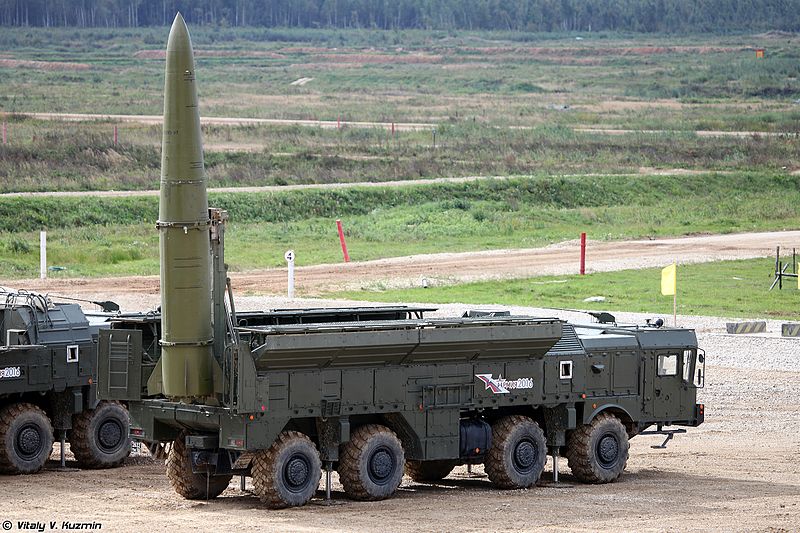BALTIC MONITOR
Date: 1 May 2018
Kaliningrad’s military potential a tool for psychological warfare
In the recent years, an intensive militarization of Kaliningrad Oblast is one of the most important challenges of NATO’s eastern flank. Missile systems forming Anti-Access/ Area Denial (AD/A2) are hypothetically able to block the allies from NATO the access to eastern European field of action. Whereas mobile Iskander – M systems which are capable of carrying nuclear warheads may easily reach coast of Sweden or the capital of Poland. Regardless of the potential of Kaliningrad Oblast, such reoccurring information is an element of Russian psychological warfare.

Over the last few years, the military potential of the exclave of Kaliningrad has been intensively increasing. This region is playing politically and military more and more prominent role for Kremlin. Location of the exclave, apart from its flaws (lack of land connection with the rest of federation) has a strategic importance. Russian exclave, surrounded by NATO and the EU states, protects some interests of Russian Federation in the Baltic Sea area. On the one hand, it serves as a guarantor of Russia’s economic interests – sea and air routes or pipelines, on the other it poses a great challenge for counter-projects such as a power link between Sweden and Lithuania. Military growing potential of Kaliningrad region poses a serious challenge to NATO states and its neutral neighboring counties such as Sweden. Russian exclave has become an important military and political resource aimed at scaring the western world off.
Kaliningrad’s scarecrow
Regularly reoccurring information in the regional as well as in the global media about further forces and military resources has in a great extent a persuasive or psychological dimension. Media agencies while reporting further information about missile systems are taking part in Russian psychological warfare against its neighbors. Their aim is to spread fear among elites and societies of neighboring countries (Poland and Baltic countries). It is supposed to lead in a long-term to a conviction that Russia poses a force that no one is able to come to grips with. At a lower level, these aims differ according to the area of Baltic sea. For instance, striking the atmosphere of fear in the norther countries is supposed to limit the cooperation between Nordics and NATO, as well as to keep the society in unwillingness to integrate with the Treaty. Whereas In Baltic countries, Russia’s “war propaganda” is about developing aversion to an active defense against Russia.
The activity in the information space combined with Russia’s provocation in the Baltic Sea is one of the elements of Russian policy of deterring NATO.
All texts published by the Warsaw Institute Foundation may be disseminated on the condition that their origin is credited. Images may not be used without permission.












